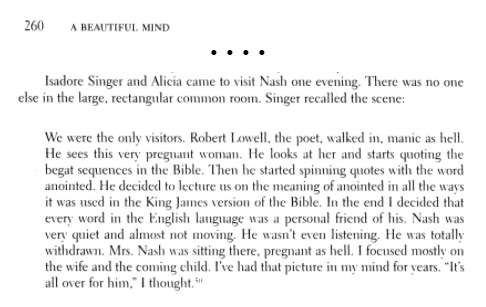The title is adapted from a recent book by Joan Didion.
That book now appears among others in my Kindle library —

A Midrash for Singer
Vide "Bereshit" in Wikipedia and in this journal.
Related material —

The title is adapted from a recent book by Joan Didion.
That book now appears among others in my Kindle library —

A Midrash for Singer
Vide "Bereshit" in Wikipedia and in this journal.
Related material —

The previous post suggests a look at The New Yorker today —
Another “core claim” —
“Change arises from the structure of the object.“
See also Wiener Kreis and Schlick.
“A quick note on terminology. Members of the Circle
were logical empiricists, sometimes called logical positivists.
Positivism is the view that our knowledge derives from
the natural world and includes the idea that we can have
positive knowledge of it. The Circle combined this position
with the use of modern logic; the aim was to build a new
philosophy.”
— Edmonds, David. The Murder of Professor Schlick (p. vii).
Princeton University Press. Kindle Edition.
For aficionados of associative logic —
See Triple Cross in this journal and the Fano-plane circle
in the illustration below.

See “Unfolded.jpg” in this journal. From that search —
Compare and contrast these figures with images by Wittgenstein in . . .
Related material from last night’s post Modernist Cuts —

Schlick also appears in recent posts tagged Moriarty Variations.
The “inarticulate” image from last night’s
“Raid on the Inarticulate” —
This is, in a sense, an island of nothing in a sea of being.
Contrast with an opposite image in Wittgenstein’s “Diktat für Schlick”:
| From The Voices of Wittgenstein: The Vienna Circle , ed. by Gordon Baker, first published by Routledge in 2003. From Ch. 1, “Dictation for Schlick” — p. 69 — |
“Ripples spread from castle rock ….” — “Endgame,” 1986
Powered by WordPress